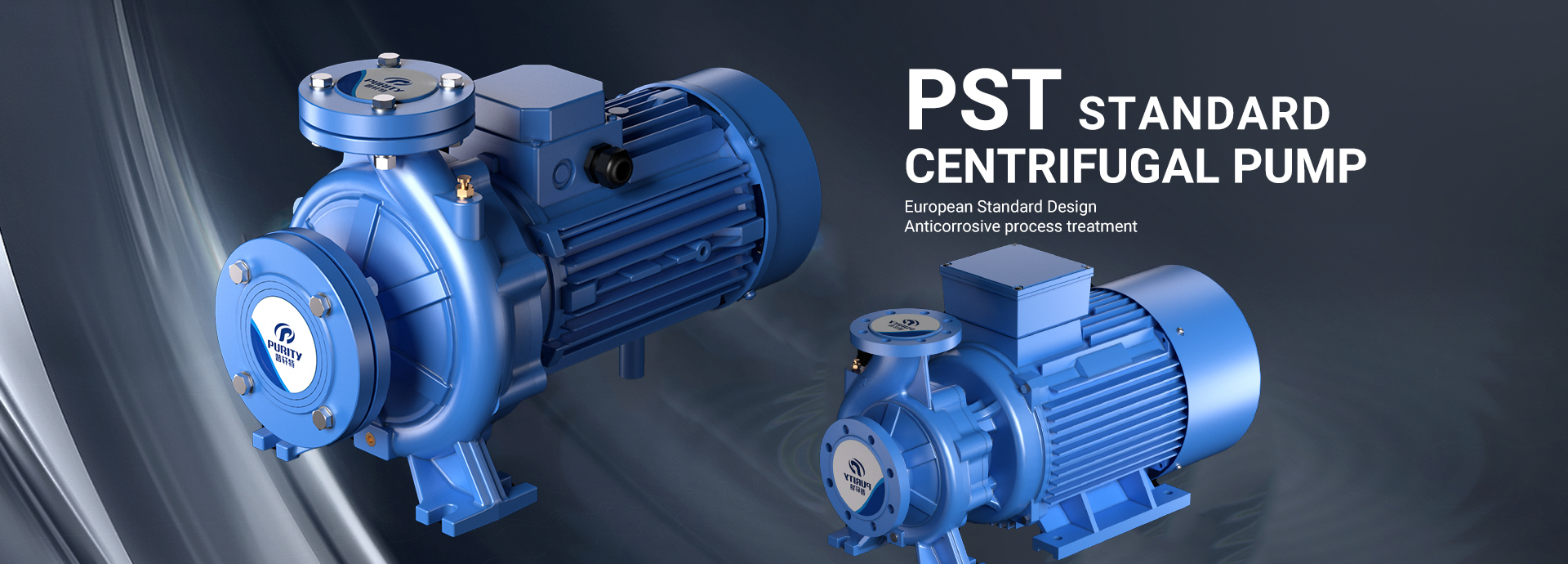A centrifugal water pump is a fundamental device used in a variety of industries for the efficient transportation of fluids. It stands out for its versatility and effectiveness in moving liquids, making it a critical component in systems ranging from agricultural irrigation to industrial processes and water supply systems. But what exactly does a centrifugal water pump do, and how does it function?

Figure | Purity centrifugal pump full range
Function and Applications
At its core, a centrifugal pump’s primary function is to transfer liquid from one place to another. Its versatility allows it to handle a wide array of fluids, including water, chemicals, and even liquids with suspended solids, depending on the design. This makes centrifugal pumps indispensable in many applications, such as:
Agricultural Irrigation:Efficiently moving water to fields and crops.
Industrial Processes:Transporting chemicals and other fluids within manufacturing processes.
Water Supply Systems:Providing a steady flow of water for municipal and residential use.
Wastewater Treatment:Handling sewage and wastewater in treatment plants.
Figure | Purity centrifugal pump -PST
Working Principle
The operational efficiency of a centrifugal pump is rooted in its ability to convert rotational energy into kinetic energy. Here’s a simplified breakdown of how this works:
1.Impeller:The heart of the pump, the impeller is a rotating component designed to impart kinetic energy to the fluid. Made from materials such as cast iron, stainless steel, or plastic, it spins rapidly to push the liquid towards the outer edges of the pump casing.
2. Pump Shaft: This connects the impeller to a power source, typically an electric motor or an engine. The shaft transmits the rotational motion necessary for the impeller to operate.
3. Volute: The volute is a spiral-shaped casing that surrounds the impeller. As the liquid is flung outward by the impeller, the volute helps to convert the kinetic energy into pressure. The increasing cross-sectional area of the volute reduces the fluid velocity and enhances pressure before the liquid exits the pump through the discharge port.
4. Pump Body/Casing: This external structure houses the impeller, volute, and other internal components. It is constructed from materials like cast iron or stainless steel and serves to protect and contain the pump’s internal workings.
Advantages of Centrifugal Pumps
Centrifugal pumps offer several benefits that make them a popular choice:
Smooth Flow:They provide a consistent and non-pulsating flow, making them ideal for applications where steady fluid movement is crucial.
Low Maintenance:The simple design results in fewer parts that require upkeep, contributing to lower maintenance needs.
High Efficiency:They are particularly efficient for handling low-viscosity fluids, delivering optimal performance in such scenarios.
Applications and Limitations
Centrifugal pumps are most effective for low-viscosity fluids (less than 600 cSt), such as clean water or light oils. However, they do have limitations:
Flow Variability: The flow rate can fluctuate with changes in system pressure, making them less suitable for applications requiring precise flow control.
Viscosity Handling: They struggle with high-viscosity fluids or those with significant variations in viscosity.
Solid Handling: While some models can handle suspended solids, they are not the best option for fluids with large amounts of abrasive materials.
Power Sources
Centrifugal pumps can be powered by various sources, including:
Electric Motors: Commonly used for their reliability and ease of control.
Gas or Diesel Engines: Used in situations where electricity is not available or where high power is required.
Hydraulic Motors:Applied in specialized applications where hydraulic power is more suitable.
In conclusion, a centrifugal water pump is a versatile and efficient tool for moving liquids across different settings. Its design and operational principles allow it to handle a variety of fluids with effectiveness, though it does have its constraints. Understanding these characteristics helps in selecting the right pump for specific needs and ensuring its optimal performance in various applications.
Post time: Jul-19-2024



